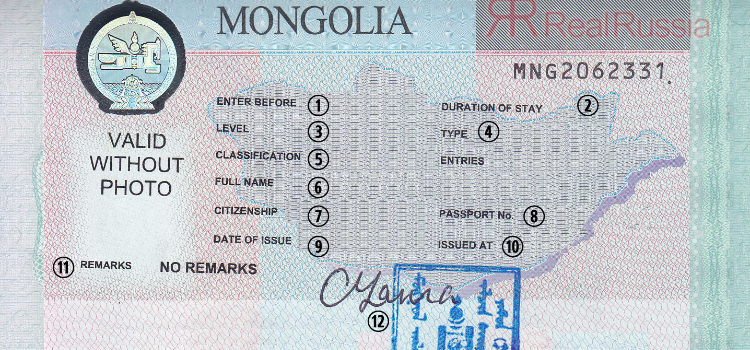04
Posted By : Admin/1008
In spring when unpredictable weather creates snowstorms intermixed with spells of wind and sun, keep in mind that the wind-chill factor: a 10-knot wind can make 0°C feel like -5°C. The four seasons are very different, winter lasts from November to February, spring from March to mid-May, summer from mid-May till late August, and autumn is in September and October. The cold weather in north can last a month or two longer than the Gobi areas. So pack your woollens if you trotting here. Mongolia can experience four seasons in a day. As you travel in Mongolia, keep the climate in mind.
The maximum rainfalls occur in the taiga areas beside the northern border, especially Khentii and Huvsgul. Only in summer does cloud-cover the sky. Humidity is generally zero and sunshine is intense. With more than 260 sunny days a year, Mongolia is known as the 'Land of Blue Sky'. Mongolia experiences extreme continental clime; it is so far inland that no sea tempers its climate. Only in summer does cloud-cover the sky.
Right time to travel is in mid-May. Early May can still see snowfall, especially in the north. June weather is good and usually dry throughout the central and southern regions. The mountains and northern areas can be cold. July is the time to see the Naadam Festival. This is also the peak tourist season. It's a decent time to look for travel partners and get out of the city. Gobi temperatures this month can rise up to excruciating 40°C.
In the month of August there will be heavy rainfall in the northern and central areas. This weather fills up rivers and brings the lush green grass creating a picturesque view, but it can also swamp the roads with mud and attract mosquitoes. This is one of the best times to travel in Mongolia. September is another okay month. The cool weather brings respite to the Gobi and the varying colours in the forests in the north are beautiful. October is again cool and sees the occasional or rare snow bustle up north but is still fine for travel, especially in the Gobi desert. Weather patterns at this time are unpredictable. You never know one moment you're walking in a T-shirt, the next you need an overcoat and boots, and then you are back to T-shirts. The cold season is between November and February. Mongolians, especially nomads, contemplate March and April as the worst months. After the long winter, livestock will already be thin and a lack of rain brings about their death, causing financial and psychological adversity. If the spring is a harsh weather, staying with a nomad family at this time is not recommended.
Ulaanbaatar is considered the coldest capital city in the world. Temperatures can drastically start to drop below 0°C in late October, and cold biting temperature of to -30°C in January and February and remain below freezing till April. July to September is pleasant, but it can still turn cold. Mongolia is a holiday spot to plan with your friends and family.
The average monthly temperature and precipitation in Ulaanbaatar , the capital of Mongolia
|
Temperature |
Precipitation |
|||
|---|---|---|---|---|
|
Months |
Normal |
Warmest |
Coldest |
Normal |
|
January |
-24.6°C |
-15.6°C |
-26.5°C |
0 |
|
February |
-20.6°C |
-11.4°C |
-24.1°C |
0 |
|
March |
-9.8°C |
-2.0°C |
-15.4°C |
0 |
|
April |
0.3°C |
8.3°C |
-5.8°C |
2 |
|
May |
8.9°C |
16.8°C |
2.7°C |
3 |
|
June |
14.6°C |
21.6°C |
8.3°C |
9 |
|
July |
16.6°C |
22.7°C |
11.2°C |
11 |
|
August |
14.7°C |
21.5°C |
9.3°C |
13 |
|
September |
7.3°C |
15.6°C |
2.2°C |
4 |
|
October |
-1.1°C |
6.8°C |
-6.0°C |
2 |
|
November |
-13.2°C |
-4.4°C |
-16.2°C |
1 |
|
December |
-21.9°C |
-13.7°C |
-23.8°C |
1 |





